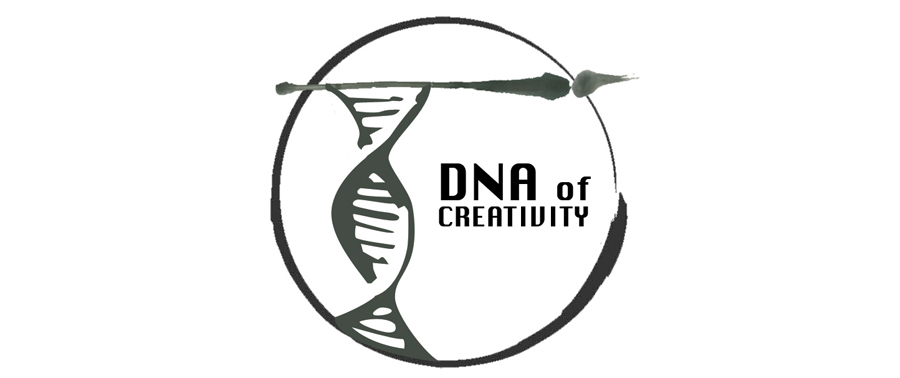
DNA of Creativity: Fusing the Energies of San Diego Arts and Sciences, the San Diego Visual Arts Network is gathering information and making connections between the art and science worlds with a goal of fusing the energies of both communities to produce a series of projects. These projects will enhance the viewing public’s perception of creativity and its role in our lives. This blog will endeavor to add links of interest and provide a way for free discussions on this subject.
Search This Blog
Saturday, December 29, 2012
Depth Sensor and Video Camera Combined
RGBDToolkit is hardware and software which combines the images from a standard video camera with data captured from a depth sensor like the Microsoft Kinect or the Asus Xtion Pro Live.
The toolkit mount firmly connects the cameras together to fix the relationship between their lenses. The capture software is used to calibrate the lenses, using a mathematical model of their field of views and relationship to one another. Recording the data streams to disk, the final step of visualization allows you to render the data in a 3D application and export the results as images or object files for use in 3D applications. Thanks to Michael Sussna for pointing us to this video.
Saturday, December 15, 2012
Data Vis: Information as Art
Exhibition at UC Irvine Campus: Beall Center for Art and Technology
Written by
Cathy Breslaw
Data Vis: Information as Art is a
thought provoking group exhibition curated by David Familianat
the Beall Center for Art and Technology on the
campus of UC Irvine. Artists and groups
of web developers and designers exhibit their art pieces and projects gleaned
from data gathering - traversing the fields of computer science, art and
technology by exploring the meaning of data as it is translated into visual
imagery through real time data projects, interactive computer displays, as well
as sculpture, drawings, and ink jet prints. Sound artist Junichi Oguro and media
architect Motohiro Sunouchics’ collaborate on an interactive project called
“Sound Mix”. For the exhibition, the artists set up a
globe visualized by clouds of place names that resonate mixed sound scape.
During the exhibition, the globe continues going round and mixing the sounds
recorded at selected two locations somewhere in the world. When visitors utter
a place name into the microphone, the globe starts mixing sounds at the place
and sounds are evoked. Another collaborative project called “The Living Air”,
by Fernanda Viegas and Martin Wattenberg allows viewers to experience real time
data showing a delicate visual pattern of wind velocities anywhere across the U.S. on a
computer generated map simply by clicking on a location. Other art pieces like
“Paris” by
Paula Scher, creates a textual, colorful map depicting Paris’s subway system, while Alice Aycock
creates 3D visualizations of abstract mathematical concepts through digital
prints of drawings and sculpture. Ingo Gunther’s lighted acrylic spheres depict
subjects as diverse as versions of tectonic plate movements, wine production
and consumption, and ice drift stations studying climate change in the arctic. Manglano-Ovalle,
created a steel sculpture ‘Hurricane Prototype #1’, which represents his work
about large scale natural phenomena while Nathalie Miebach creates sculptures
based on her meteorological data collected from the “The Perfect Storm” and the
sinking of the ship Andrea Gail. These art pieces and more make up the ’Data
Vis’ show. It is a complex exhibition that involves work you expect to see in a
combination of both science and art centers and requires viewers to concentrate
on wide ranging subject matter presented in multi-dimensional formats. At the
same time, it is a fascinating opportunity to enter the world of
interdisciplinary fields and the resulting projects and art pieces that evolve
from their investigations.
Cathy Breslaw is a
southern California visual artist, writer and lecturer who has had over
25 solo exhibitions, and 50 group exhibitions across the country at
museums, art centers, college and university galleries and commercial
galleries. Her work can be found in many private and corporate
collections. Her work and writing can be seen at:www.cathylbreslaw.com
www.artfullifebycathy.blogspot.com
cathybreslaw@roadrunner.com
Thursday, December 13, 2012
Another great video on 3-D printing. This one shows how the digital image was rendered.
Subscribe to:
Posts (Atom)